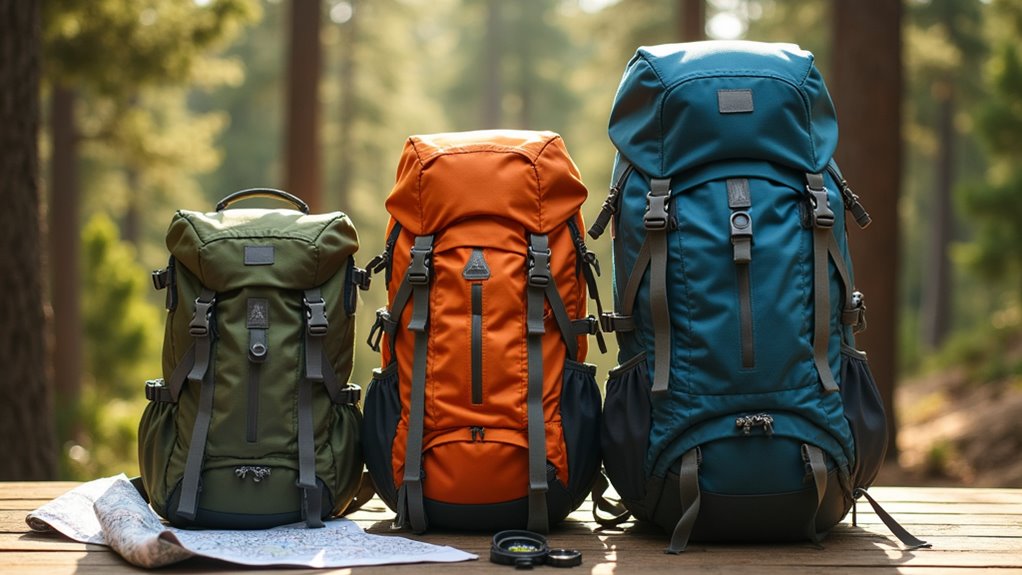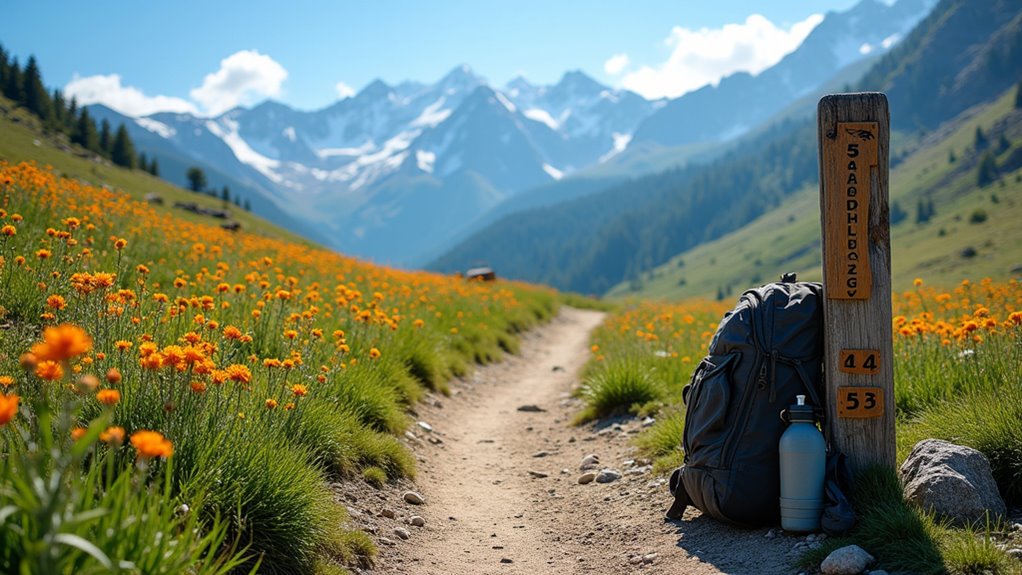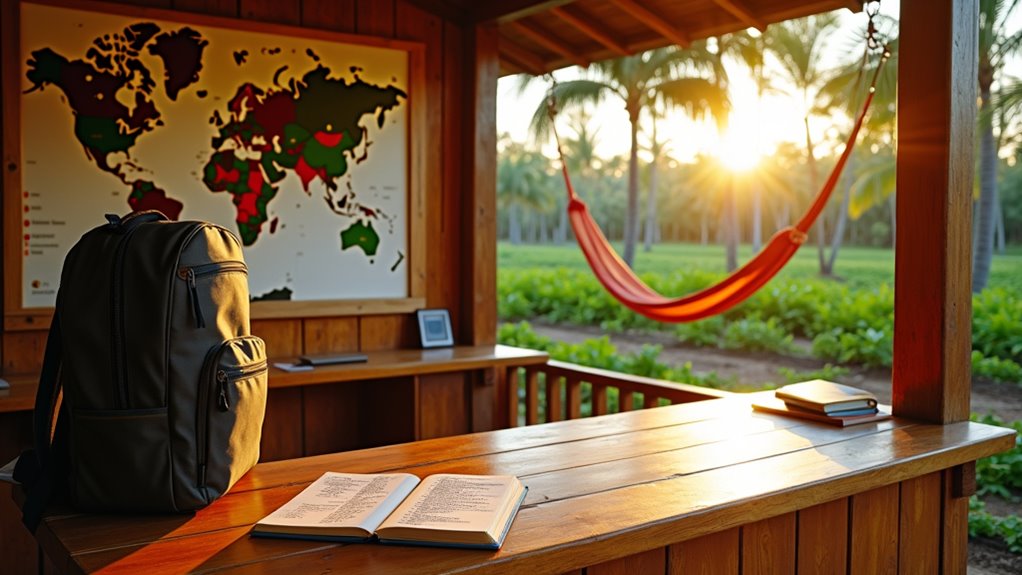You’ll want a backpack that matches your trip length and essentials—choose 5-15 liters for short day hikes, 20-30 liters if you’re planning an overnight stay, 40-50 liters for multi-day adventures of three to five days, and 50-70 liters or more if you’ll be out for a week or need extra gear. For air travel, most airlines allow carry-ons up to about 45 liters, so it’s smart to keep your bag within these guidelines. Detailed advice for specific needs follows.
When you’re planning a trip, choosing the right backpack size is crucial for both comfort and practicality. The ideal capacity depends on several factors, including the length of your trip, the activities you’ll undertake, and your personal packing habits.
For day trips or short hikes, a backpack with 5-15 liters is usually sufficient, providing space for essentials like water, snacks, a light jacket, and possibly a first aid kit. If you’re staying overnight or traveling for one to two days, a 20-30 liter backpack can accommodate basic clothing, toiletries, and few extra items without unnecessary bulk.
For longer journeys of three to five days, a 40-50 liter backpack is often recommended, since it allows you to pack enough clothing, gear, and supplies without overloading yourself. Backpack sizes are most commonly measured by carrying capacity expressed in liters, which gives a clearer idea of the space available for your gear. Multi-day treks or trips lasting five to seven days generally require 50-70 liters, especially if you’re carrying bulkier items or specialized equipment such as sleeping bags or cooking gear.
For expeditions or trips exceeding a week, a 70-liter or larger backpack may be necessary, particularly during winter or in remote locations where self-sufficiency is critical. Choosing a multiday backpack with an internal frame can provide added support and comfort when carrying heavier loads for extended trips. A quality first aid kit should be included regardless of your backpack size to ensure safety during your adventures.
If you’re flying, you’ll need to take into account airline carry-on restrictions. Most airlines cap carry-on bags at 22″ x 14″ x 9″, translating to about 45 liters. Backpacks in the 40-45 liter range maximize your packing space while remaining within most airline guidelines, helping you avoid checked baggage fees and delays.
Anything larger, like 50 liters or above, may need to be checked, especially on international flights.
Your activity type, the season, and your personal packing style also influence the best backpack size. Winter trips require more space for insulated clothing, while minimalist packers can use smaller volumes even for longer trips.
An oversized backpack can lead to overpacking and discomfort, while one that’s too small forces tough compromises. Look for adjustable, ergonomic designs with proper weight distribution to promote comfort, regardless of the backpack’s capacity.









